Today’s Japanese word is “Hina-Matsuri”.
March 3th is the “Hina-Matsuri”.
“Hina-Matsuri” is the day to pray for happiness and healthy growth of girls.
The day that is best to decorate the “Hina-ningyo” is the day called “U-sui”(rain water).
“U-sui” is one of the solar term (one year the season of turning point, which was divided into 24).
Every year, around February 19th is “U-sui”.
“Hina-matsuri” is beginning of the about Heian era.
At the time, people threw paper dolls into rivers or in the sea to drive away evil spirits.
And, people decorated “Hina-ningyo” from the Edo era.
“Hina-ningyo” represents the state of the imperial court.
“Hina-ningyo” are dressed in beautiful traditional Japanese court costumes.
A set of “Hina-ningyo” includes:
・”odairi-sama” : the Emperor
・”ohina-sama” : the Empress
・”sannin-kanjo” : three court ladies
・”onin-bayashi” : five male musicians
・”sadaijin” : the minister of the left
・”udaijin” : the minister of the right
・”sannin-jougo” : three servants
You can see the “Hina-ningyo-set” at traditional “Seven Dankazari” ( There are 7 step’s stage with red carpet).
Recently, popular “Hina-ningyo” is easy to decorate and small size.
In addition, there are a variety of “Hina-ningyo”, such as “chirimen-hina-ningyo”, “Tsurushi-bina”(hung Hina-ningyo) and so on.
So, on March 3th, we eat traditional foods and sweets for the “Hina-matsuri”, for example “Chirashi-Sushi” , clam soup and “Hina-arare” (rice puff).
The Japanese girls love the “Hina-matsuri”
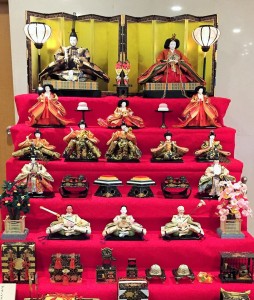
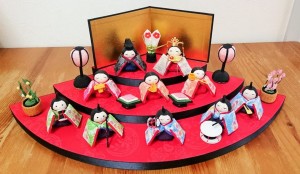
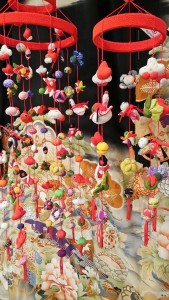
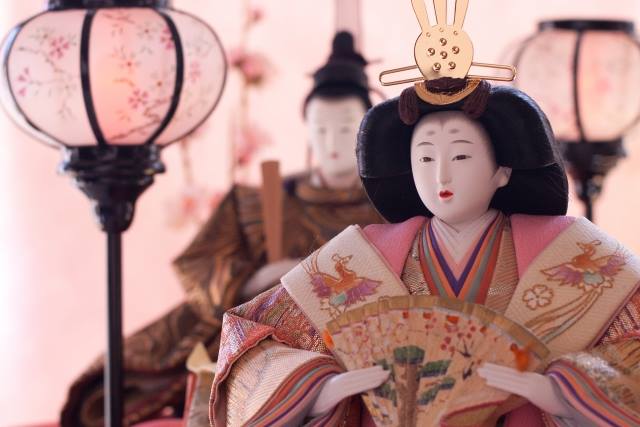

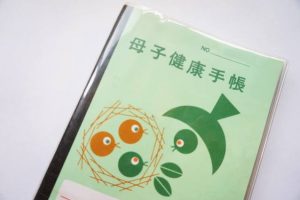
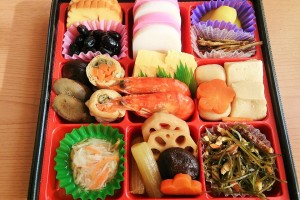
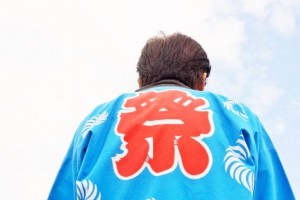
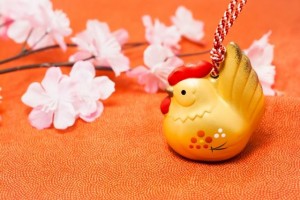

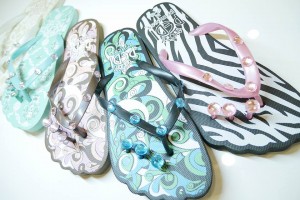
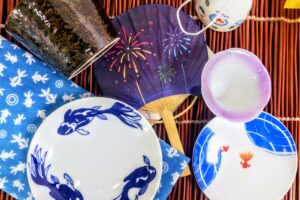
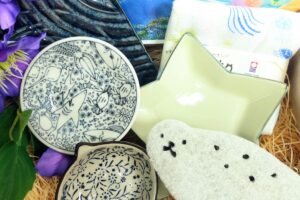
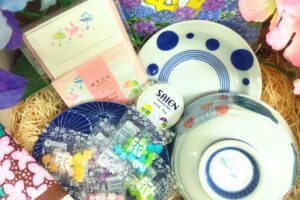
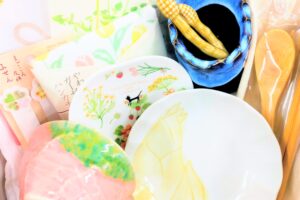
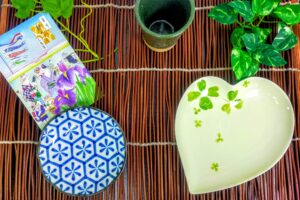
Recent Comments